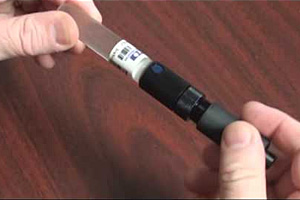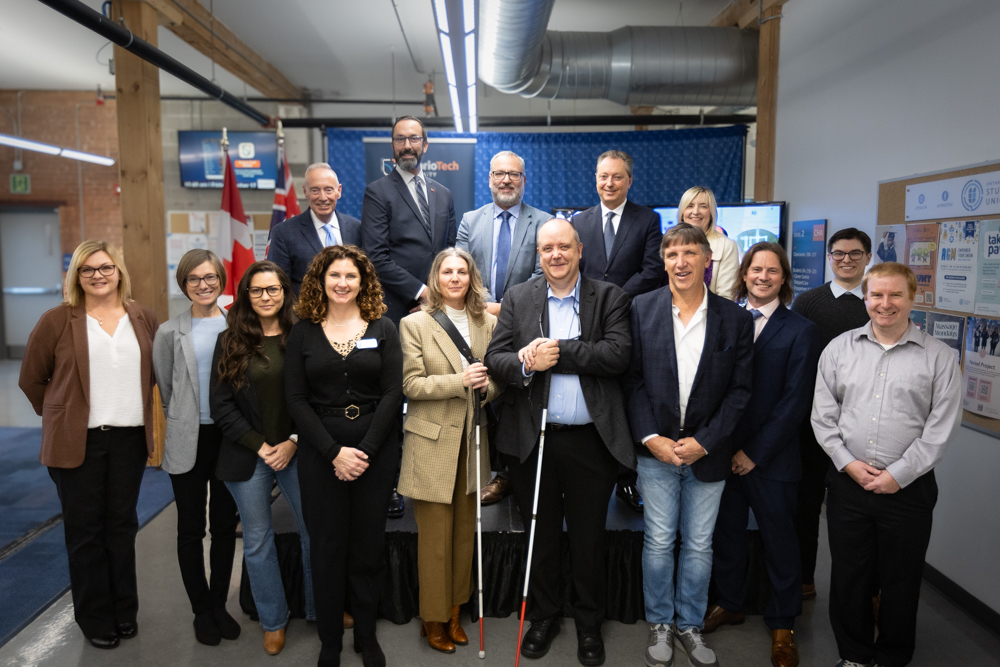UOIT connection to radiation research aboard the International Space Station
May 28, 2013

A University of Ontario Institute of Technology (UOIT) researcher's work recently played a part in radiation detection research by Canadian astronaut Chris Hadfield aboard the International Space Station (ISS).
Dr. Rachid Machrafi, Assistant Professor, Faculty of Energy Systems and Nuclear Science, is a member of the Canadian research team that uses a bubble detector set (Canadian technology known as Radi-N1 and Radi-N2), which measures the neutron dose astronauts are exposed to during ISS missions. Dr. Machrafi worked for Bubble Technology Industries (BTI) in Chalk River, Ontario, who developed Radi-N2 and Radi-N1.
“Without protection from Earth's atmosphere, space can be a hazardous environment, especially during long-term missions,” said Dr. Machrafi. “Astronauts are exposed to a mixed and complex radiation field from different universe radiation sources such as solar storms and cosmic rays. And secondary neutrons created by charged particle interaction within the spacecraft contributes a further radiation dose equivalent to 35 per cent of the normal radiation dose of space."
Among the many responsibilities Hadfield had during his six months on the ISS, was to carry out a study on behalf of the Canadian Space Agency (CSA) and the Russian Academy of Sciences on neutron fields in different ISS modules using Radi-N2 bubble detectors. The small tubes are filled with a clear polymer gel, require no energy to operate, and are very easy to use in a space environment. When neutrons strike the tube, the energy deposited vaporizes liquid droplets in the gel, creating a visible gas bubble. The tube is then placed inside a reader for counting.
“The data gathered by Radi-N1 and Radi-N2 will provide vital information that could impact future human missions to the moon and to Mars,” said Dr. Machrafi. “We have been monitoring the neutron fields aboard the international space station since 2006. We also monitored the neutron dose of the previous Canadian astronaut Bob Thirsk during his ISS mission in 2009."
Beyond supporting future human space exploration, Dr. Machrafi says the CSA hopes the results of the Radi-N2 study will enhance scientific knowledge about the general health risks of radiation and potentially lead to improved treatments for diseases such as cancer.



